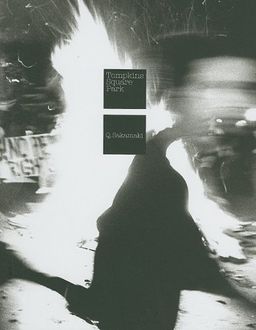
|
|
|
תקציר הספר
Summer 1988. Tompkins Square Park, which long served as a makeshift home for the homeless and a center for social unrest, erupted in violence when the New York City Police and hundreds of rioters clashed over ideological differences. Residents of the Lower East Side, historically home to diverse immigrant communities but facing gentrification, united to protest the 1 a.m. curfew the city was attempting to enforce on the park, in effect banishing the homeless and closing off many areas of the park that were once public. Over the humid night of August 6, protestors carrying signs that read "Gentrification is Class War" and chanting "It's our fucking park, you don't live here!" clashed with police armed with riot gear. The violence lasted until the next morning. The August 6 police riot—so called because the consensus was that the police overreacted to the protestors—and subsequent Tompkins Square Park riots were the manifestation of a larger concern of the over-gentrification of the Lower East Side. The Lower East Side has a long history of liberal, and at times radical, movements that attracted artists, intellectuals, anarchists, activists, squatters, immigrants, and even exiles. Many in the community, unlike in other more passive communities facing gentrification, stood up and worked together with the homeless to protect housing rights and human rights, as well as their own lifestyle. By 1991, the estimated 300 homeless people living in Tompkins Square Park were gone and the park was forcefully closed for renovations. Twenty years after the police riots, the park now boasts one of the best dog runs in New York City. Tompkins Square Park is about the resistance and struggle of people in the Lower East Side literally to exist as the community faced drastic gentrification in the late 1980s and mid-1990s. It focuses on the eponymous park as a symbol and stronghold of the anti-gentrification movement, for the riots proved to be a trigger to further radicalize the community’s political movement. Living near the park, photographer Q. Sakamaki witnessed the change from the beginning to the end. With striking black-and-white images, he captures the scene of one of the most political and avant-garde movements in New York history.
פרסומת

